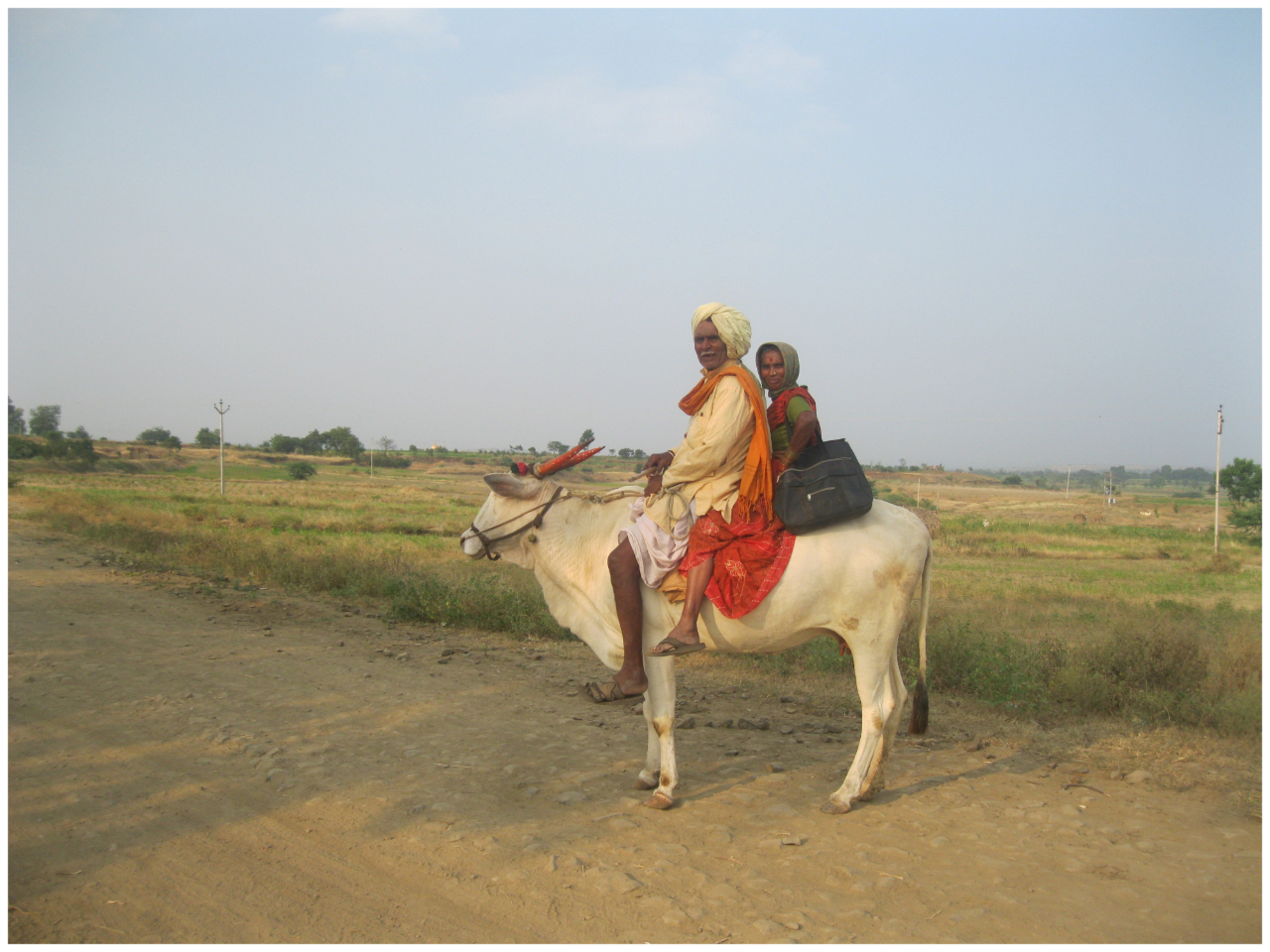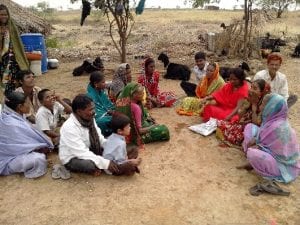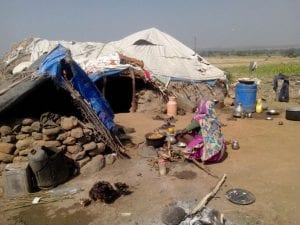
What the nomadic Pardhi tribe want from budget: Better livelihood

Several commentaries have been written about what different sections of the society — the middle class, organised labourers, industry leaders, economists, financial experts and so on — feel about what should and shouldn’t be included as part of the Budget which will be presented by Finance Minister Nirmala Sitharaman on February 1, 2020.
What is missing in the commentaries are the voices of some of the most marginalised sections of our society — sections that are often just voiceless statistics. One special section is the Pardhi community.
Numbered approximately 300,000, the Pardhis are a nomadic tribal community, based in rural Maharashtra. The word Pardhi is derived from the Marathi word ‘Paradh’ which means hunting. Traditionally, they are hunter-gatherers and experts in ancient weaponry like bows and arrows, swords and hunting traps.
This made them highly efficient in uprisings against the British and to check this nuisance, the British brought the Criminal Tribes Act in 1871 and branded these tribes among several others as ‘criminals’ from birth. In 1952, the tribe was denotified as ‘criminal’ and termed a nomadic tribe.
Other stories on Indian tribes | Poverty, debt, nomadic existence trap Irula tribe into bonded labour
Fast forward to the present day — although the community was denotified as a ‘criminal tribe’ along with others about 70 years back, the public perception of the tribe has not changed much. They continue to be stigmatised, ostracised and made to live on the fringes of the society (literally and metaphorically).

Almost all of them work in the informal sector, mainly as agriculture labourers employed in harvesting sugarcane (almost 70–80% of the Pardhi families are involved in this profession), brick makers, construction workers, etc.
Given the nature of work and their position in the social pecking order, they do not have a fixed dwelling place and migrate a lot. Most of them do not have valid documents which deny them various government employment generation schemes (including MGNREGA).
They don’t have the valid official documents primarily because of strong social norms against them leading to discrimination, even by the government machinery including police.
According to Vishal Pawar (who is a Pardhi himself and who works for the rights of the Pardhis in Ahmednagar district of Maharashtra), “Because of the social discrimination, most of the Pardhis don’t own land nor do they have much assets, and are forced to work as labourers which makes them susceptible to the vagaries of the landowners. Also, given the seasonal nature of work, they resort to begging, hunting, other menial jobs during off season.”
Other stories on Indian tribes | Floods in Kerala wash away centuries of isolation for tribes
They typically earn about Rs 75,000–1.2 lakh a year as a family or Rs 6,000–10,000 per month, with at least two or more members of the family working typically. Over the past two years, the growing mechanisation of sugarcane farming has made it difficult for the Pardhis to find work and this is resulting in migration to distant places.
The main implication of this seasonal migration is that the children’s education gets affected, which ensures that the future generations are trapped in the vicious cycle. Even if these people intend to explore alternative sources of livelihood, they have no avenues as the doors of the microfinance institutions, banks, etc. are shut for them.

“It is impossible for the SHGs created by Pardhi women to obtain any credit to undertake anything meaningful, mainly on account of the negative perception of the community as a whole,” says Dwarka Pawar, who has been working to improve the lives of Pardhi women.
With respect to the expenditure profile of an average Pardhi family, Arun Jadhav, a member of the Kolhati tribe, a tribe of traditional folk dancers, who heads an organisation called Gramin Vikas Kendra in North Maharashtra which works mainly on the issues of denotified tribals, says, “These people live in very different contexts. They generally don’t own much in terms of assets, don’t have access to electricity and other such facilities, so their main avenue of meaningful expenditure is primarily limited to feeding the family. And the high food inflation over the past couple of years has affected their consumption pattern.”
“Also, most of them are in some sort of a debt trap (debt that was primarily taken for health-related expenditure or other exigencies) and they don’t have access to formal credit. They end up spending a large part of their income on servicing the interest (often at high cost) of the local moneylenders,” Jadhav says.
What would be the Pardhis’ Union budget wishlist?
- Food inflation should be checked as it is wreaking havoc in the already fragile financial situation of Pardhi families
- Special focus on the education of the children of Pardhis and other such nomadic tribes. More specifically, given the requirement of seasonal migration for the parents, there is a dire need of boarding schools in villages
- Ensure Pardhis get access to credit. Also, ensure the improvement of their livelihood opportunities
- Ensure that Pardhis are provided with the statutory documents which will enable them to increase their landholding and also enable them to avail themselves of various government schemes


